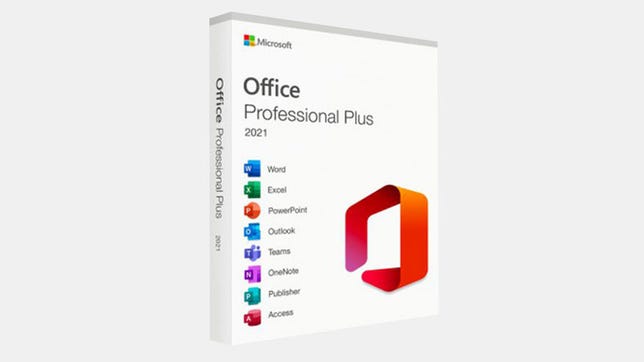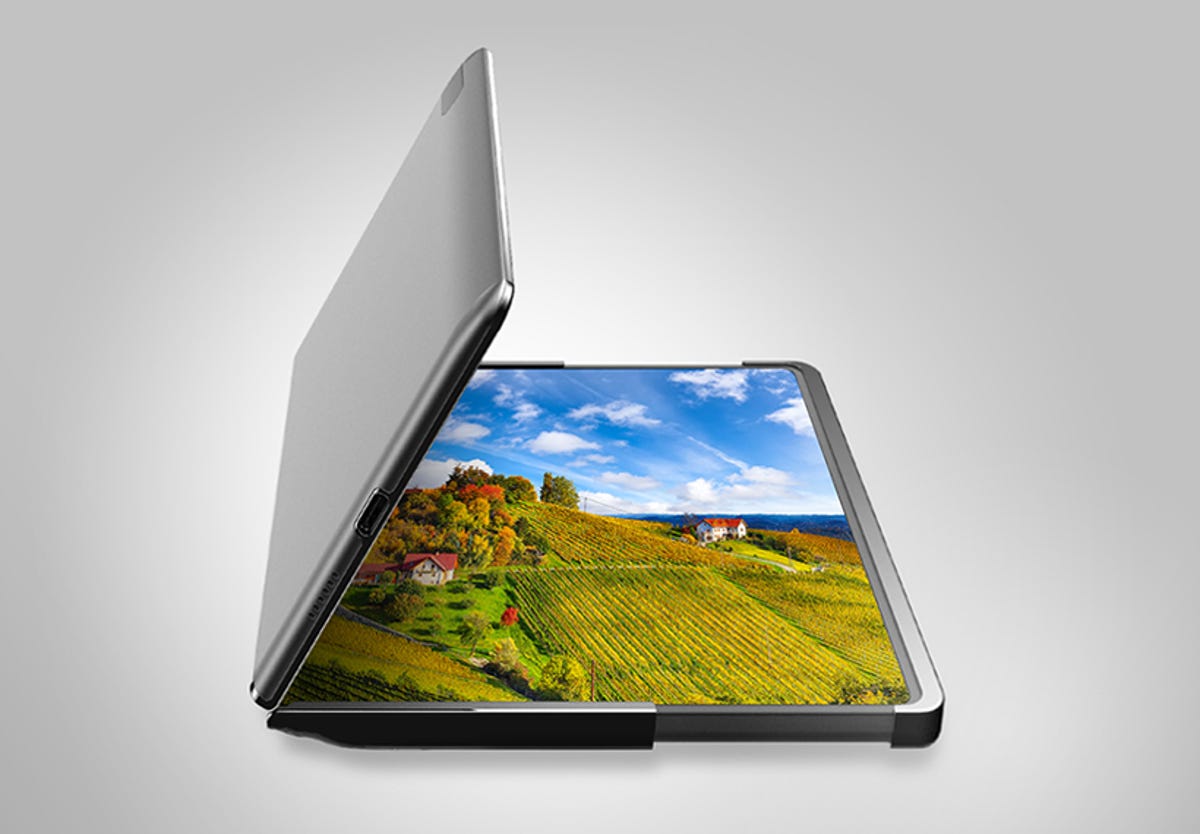The new OnePlus 11 5G phone and the OnePlus Buds Pro 2 wireless earbuds are set to come out in China this Monday, roughly a month ahead of their global release, which is scheduled for Feb. 7. OnePlus announced the release dates Wednesday, while providing the specs and features for the company’s flagship phone. Prices, however, weren’t yet announced for the phone or the earbuds.
The Shenzhen-based company first teased the new models in December, revealing that the OnePlus 11 5G would bring back the Alert Slider, which is designed to make it easier to switch to silent or vibrate mode.
OnePlus’ flagship smartphone, the 11 5G is powered by Qualcomm’s Snapdragon 8 Gen 2 chipset, with 16GB of RAM and a 6.7-inch 2K AMOLED display with a refresh rate of 120Hz. The new iteration offers improvements to the phone’s processing speed and camera, which, after a brief absence, once again sports Hasselblad branding.
The 5,000-mAh dual-cell battery offers extended life and quick charging, thanks to Oppo’s 100W SuperVOOC charging technology. When the OnePlus 11 5G eventually gets its global release, we’ll have to see if the version heading to the US includes that charging speed. Last year’s OnePlus 10 Pro supported 80W charging internationally but was limited to a still very fast 65W in the US.
OnePlus’ new wireless earbuds, meanwhile, come with Smart Adaptive Noise Cancellation, which eliminates ambient noise up to 48dB, and a six-axis IMU sensor that monitors the position of your head and recalibrates the audio accordingly. OnePlus says the earbuds will provide 39 hours of music playback from the battery and charging case. The buds will also support connecting to two devices at once.
Both the 11 5G and Buds Pro 2 are scheduled to be available in China on Jan. 9 and worldwide starting Feb. 7.
OnePlus has hinted it’ll further expand its lineup in 2023. In India, where it already sells TVs and monitors, OnePlus has been promoting a mechanical keyboard.
More products could be announced at the OnePlus 11 launch event in New Dehli on Feb. 7.


















